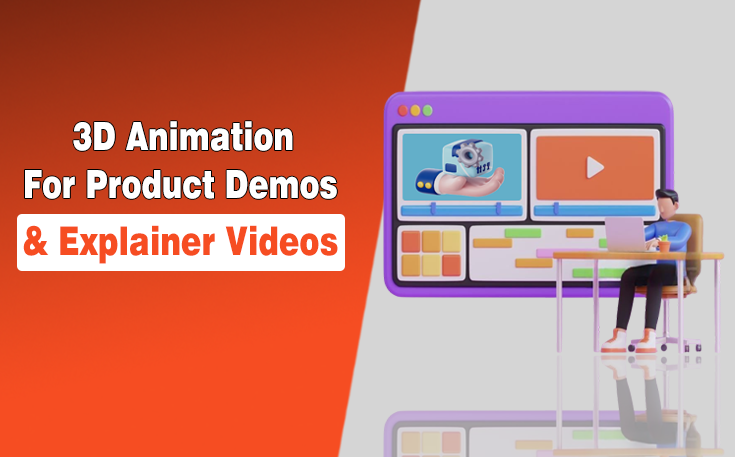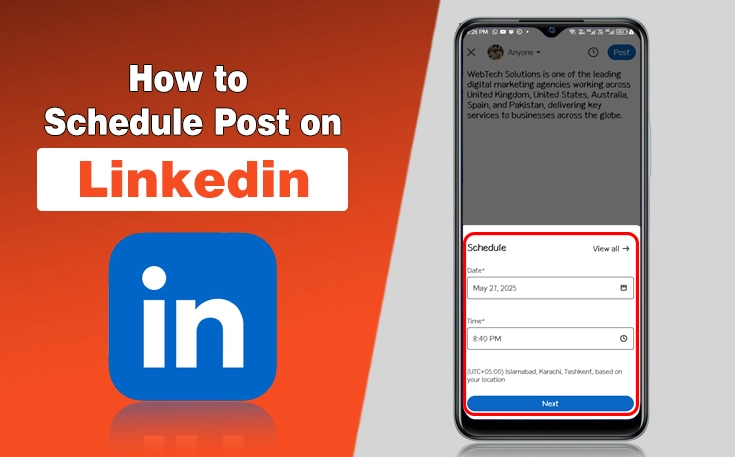Remember when creating content meant hours of brainstorming, writing, editing, and maybe even a few existential crises? Fast-forward to today, and artificial intelligence is rewriting the rules, literally.
AI has stepped into the creative process in a way that’s changing how ideas move from a spark to something real. Some people feel excited about it. It drafts blog posts, edits videos, designs graphics, and even suggests what to post next. Whether you’re a solo creator, a marketing team, or a brand trying to stay relevant, AI is turning content creation from a marathon into a sprint, and the results are impressive.
As mentioned on McKinsey, overall, 42% of marketing and sales departments are “regularly using” generative AI.
Honestly, AI isn’t replacing creativity. It’s just reshaping the work around it. And that shift feels less like disruption and more like a soft reminder that the process can be quicker & lighter than it used to be.
In this blog post, I will explain how AI is changing not just how we create, but what we’re capable of creating.

The New Era of Content Creation
You know that feeling when a task that used to take hours suddenly takes minutes? That’s what AI has introduced. Not frantic speed. More like a letting-out-your-shoulders kind of speed. Outlines, audio cleanup, transcripts, captions. All the tiny steps that often got in the way of the real work.
And with those steps handled, creators get to stay closer to the spark. The story. The idea. The feeling behind the idea. I’ve felt that shift myself, late at night with the hum of a laptop in the background, realizing I still have energy left to write because the tedious parts didn’t drain me first.
Raising the Quality Bar
AI is also quietly lifting the quality of what people make. A solo podcaster suddenly sounds crisp and warm. A video recorded in a small bedroom ends up looking polished. It’s a small thing on the surface, but it matters because quality removes friction. And when there’s less friction, creativity can stand out more clearly.
It also means the field feels more even. You don’t need a big team to create something that feels carefully crafted anymore. Maybe that’s why so many new voices are starting to appear.
Creativity With More Flexibility
Another shift I’ve noticed is how flexible creativity feels now. Writers dipping into audio. Video creators are remixing long episodes into short clips with barely any effort. Small teams are finally posting consistently because their workflow isn’t crushing them. With tools like AI subtitle generators, video dubbers, and automatic translation tools are making videos more accessible in minutes, creators don’t have to wrestle with details that used to slow everything down, and their videos can reach a broader audience.
And it makes me wonder. What if creators didn’t have to choose one medium anymore? What if ideas could just travel naturally to whatever format fits best?
AI tools make that easier, giving content a second life instead of letting it fade after one post.
The Human Touch Still Matters
But even with all this technology, the human parts are becoming more important, not less. AI can help organize, polish, and support, but it can’t replace the feeling behind a story. It can’t replicate lived experience or that little tug in your chest when something meaningful clicks into place.
Still, it helps with the pressure. The rough voice memo becomes something usable. The messy draft becomes a real draft. And maybe that’s why the final work often feels more honest. There’s space again. There’s room for emotion.
One of the emotional anchor moments that keeps coming up for me is the realization that creativity doesn’t have to be exhausting to be good. It’s a small change, but it matters.
Building a Sustainable Creative Workflow
Sustainability is another quiet change AI brings. Not environmental sustainability, but the personal kind. The kind that helps you stay creative without burning out.
Honestly, the internet doesn’t slow down. But creators can’t run at full speed forever. So AI gives a bit of breathing room. It helps people build workflows that move at a human pace. And that’s something creators have needed for a long time.
If you’re working alone or with a tiny team, you know how valuable that buffer is. Maybe you’ve felt it yourself.
A More Inclusive Creative Space
Another thing I love about this era is how many new voices are entering the space because technical barriers aren’t stopping them anymore. People who once felt unsure or intimidated can now experiment freely. Publish faster. Try things without fear that they’re doing it “wrong.”
And that’s the beauty of it. More voices, ideas and creativity. AI isn’t closing the door. It’s opening it wider.
Conclusion : The Future of Creative Work with AI
AI isn’t perfect. It evolves constantly. And it raises new questions all the time. But it’s becoming a natural part of modern creative work. Not something that takes over. Something that supports from the background.
And maybe that’s what makes this moment exciting. With a lighter process, creativity has room to breathe again. To stretch. To find its way back to the joy that started it all.
The content creation game isn’t being replaced. It’s being rewired. And for many people, that change brings back something we didn’t realize we’d lost. Momentum. Possibility. Hope that ideas can travel farther without wearing us down in the process.
The AI tools are evolving. The workflow is shifting. But the heart of the work is still the same.
Need custom app with amazing features?
Get a Quote




